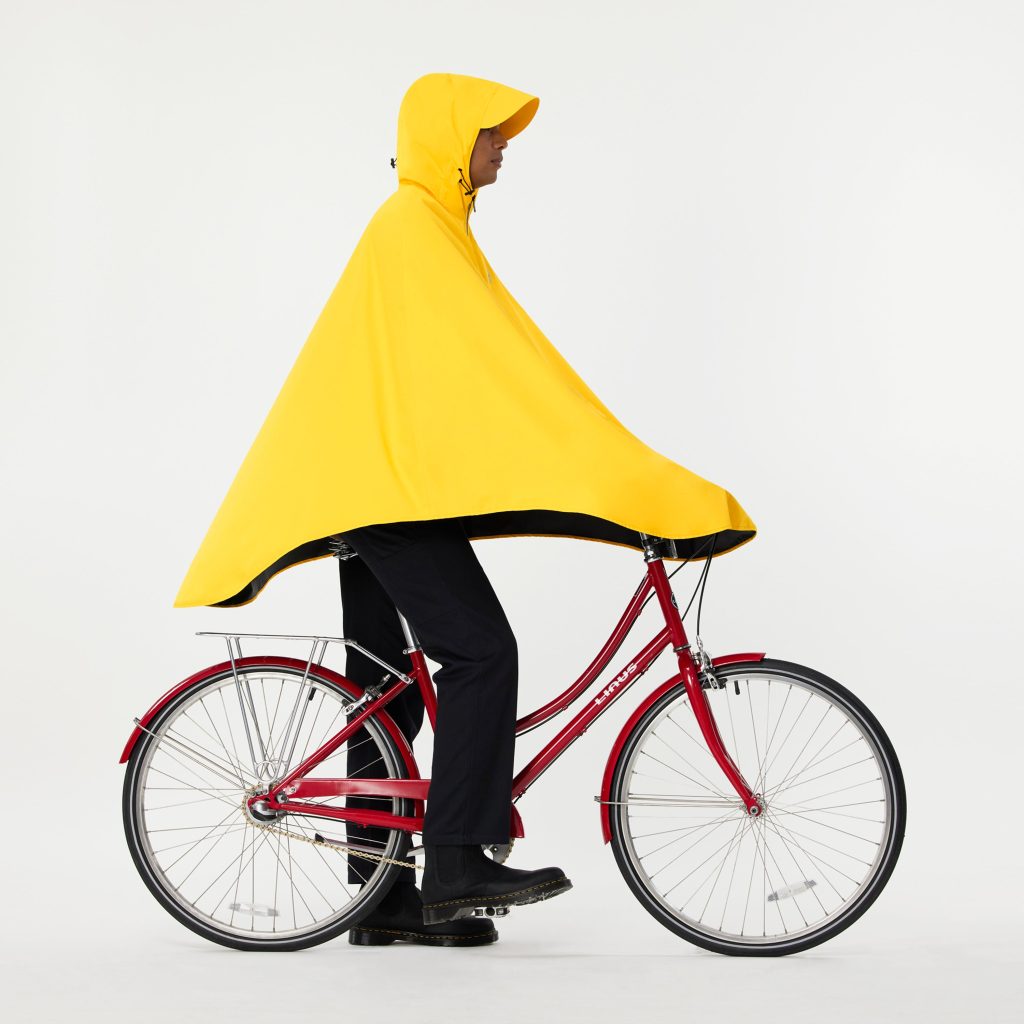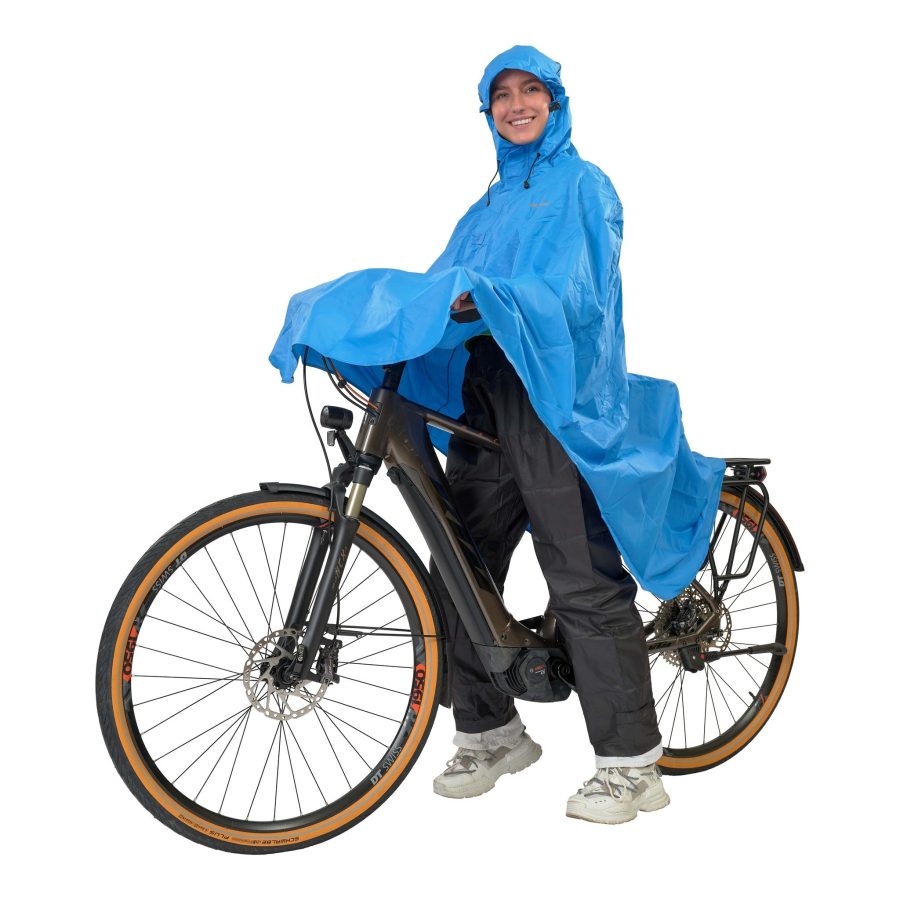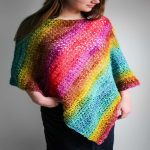Introduction
Cycling poncho are an indispensable piece of gear for anyone who takes their bike rides seriously, whether for daily commuting or weekend adventures. As weather conditions can be unpredictable, having a reliable poncho ensures that you stay dry and comfortable regardless of rain or wind. Here’s an in-depth look at why cycling ponchos are essential and how to choose the right one for your needs.
Cycling has become an increasingly popular mode of transportation and recreation worldwide, with millions embracing the activity for its health benefits, environmental friendliness, and sheer enjoyment. However, cycling often means facing unpredictable weather conditions that can quickly turn a pleasant ride into a soggy misadventure. This is where cycling ponchos come in as an indispensable piece of gear for both daily commuters and weekend adventurers.

The Importance of Cycling Ponchos
Cycling ponchos serve a dual purpose: they provide protection from the elements while maintaining a high level of visibility and safety. Unlike traditional rain jackets, ponchos offer ample coverage over both you and your bicycle, which is especially important during heavy rain. They also allow for easy layering and quick adjustments, making them a versatile choice for various weather conditions.
Protection from Rain:
The primary function of a cycling poncho is to keep you dry. High-quality ponchos are made from waterproof or water-resistant materials like polyester or nylon with a polyurethane coating. This ensures that water beads off and doesn’t seep through, keeping you dry even during the heaviest downpours.
Wind Resistance:
In addition to rain protection, a good poncho provides wind resistance, which can be crucial on gusty days. Wind can chill you quickly if not adequately protected, and a poncho offers a barrier that helps retain body heat.
Visibility:
Safety is a key concern for cyclists, and many ponchos come with reflective strips or bright colors to enhance visibility. This is particularly important when cycling in low-light conditions or poor weather, reducing the risk of accidents by making you more noticeable to drivers.
Features to Look For in a Cycling Poncho
When selecting a cycling poncho, consider the following features to ensure it meets your needs:
Material and Waterproofing:
Look for ponchos made from high-quality, waterproof materials. Check for features such as taped seams and waterproof zippers, which prevent water from penetrating through potential weak spots.
Breathability:
While waterproofing is crucial, breathability is equally important to prevent overheating and sweat buildup. Many ponchos feature ventilation openings or mesh panels to allow air circulation.
Size and Fit:
Cycling ponchos should be roomy enough to fit over your clothing and gear without being too bulky. Ensure that the poncho covers your handlebars and front wheel to provide complete protection.
Adjustability:
Features like adjustable hoods, cuffs, and hems help customize the fit and seal out rain and wind. Look for ponchos with adjustable elements that allow you to tighten or loosen as needed.
Packability:
For convenience, choose a poncho that can be easily folded or packed into a compact size. Many ponchos come with a storage pouch or can be rolled up and stored in a backpack.
Additional Features:
Some ponchos come with extra features such as built-in storage pockets, integrated rain caps, or even a reflective cape that can be used as a flag for added visibility. Consider these extras if they align with your specific needs.
How to Use and Maintain Your Cycling Poncho
Using Your Poncho:
To get the most out of your cycling poncho, put it on before you start your ride to ensure full coverage. Adjust the hood and cuffs to keep rain from entering. If your poncho has ventilation features, use them to regulate your temperature.
Maintenance:
Proper care extends the life of your poncho. Follow the manufacturer’s instructions for washing, which usually involves hand washing or a gentle machine cycle. Avoid using fabric softeners, which can reduce the effectiveness of the waterproof coating. Ensure the poncho is thoroughly dried before storing it to prevent mildew.
Storage:
Store your poncho in a cool, dry place. Avoid prolonged exposure to sunlight or harsh chemicals, which can degrade the material. If your poncho is foldable, store it loosely rather than tightly to prevent creases that might compromise its waterproofing.

Why Cycling Ponchos?
- All-Weather Protection: Unlike traditional raincoats or jackets, cycling ponchos offer full-body coverage. They are designed to extend over both you and your bike, ensuring that you stay dry from head to toe, even during heavy downpours. The extended rear flap keeps your backside and backpack or panniers protected, while the wide sleeves allow for easy movement and prevent water from sneaking in.
- Breathability and Comfort: Modern cycling ponchos are made from advanced materials that balance waterproofing with breathability. This means they prevent rain from seeping through while allowing sweat vapor to escape, keeping you comfortable and preventing that clammy feeling during more intense rides or warmer days.
- Visibility and Safety: Many cycling ponchos feature high-visibility colors and reflective strips, making you more noticeable to motorists in low light or adverse weather conditions. This added safety measure is crucial for commuters navigating busy streets and for adventurers exploring rural roads where visibility might be limited.
- Versatility: Unlike dedicated cycling clothing, a good-quality poncho can serve multiple purposes beyond biking. It can be worn during hikes, at outdoor events, or even as a makeshift shelter in emergencies. Its versatility makes it an excellent addition to any outdoor enthusiast’s gear collection.
- Ease of Use and Portability: Most cycling ponchos are lightweight and pack down small, easily fitting into a backpack or pannier without taking up much space. They are quick to put on and take off, with some designs incorporating snap closures or adjustable hoods for a personalized fit. This convenience encourages preparedness without adding bulk or hassle to your ride.
Choosing the Right Cycling Poncho
When selecting a cycling poncho, consider the following factors:
- Material: Look for materials that offer both waterproofing and breathability. Gore-Tex and other high-tech fabrics are known for their excellent performance in this regard.
- Fit and Adjustability: Ensure the poncho fits well over your body and bike without restricting movement. Adjustable hoods, cuffs, and drawstrings around the waist can help tailor the fit to your needs.
- Visibility Features: Opt for bright colors and reflective trims to enhance your visibility on the road.
- Packability: If you’re short on space, choose a poncho that packs down small and is lightweight.
- Durability: Consider the poncho’s durability, especially if you plan to use it regularly in rough conditions. Reinforced seams and sturdy materials can increase longevity.
Innovations in Cycling Ponchos
In recent years, manufacturers have introduced innovative features to enhance the functionality of cycling ponchos. These include magnetic or snap closures for quick access to jersey pockets, built-in storage pockets for essentials, and even ventilation systems for increased breathability during strenuous rides.

Conclusion
Cycling ponchos are more than just a practical accessory; they are an essential piece of gear for cyclists who value comfort and safety in various weather conditions. With their ability to provide comprehensive coverage, protection from the elements, and enhanced visibility, ponchos are a smart choice for both daily commuters and adventurous riders. By considering key features and proper maintenance, you can select a poncho that will keep you dry and comfortable, making your cycling experience more enjoyable regardless of the weather.


